
This Under-The-Radar Brand Has Reached 7 Figures Selling At Costco And Amazon—And It’s Not Stopping
In an emerging beauty segment in which brands are trying to get ahead with celebrity affiliations, investor relationships or founders with deep connections in the beauty world, self-funded Zaaina has built its business the hard way. Founder Purvi Desai was a stranger to the beauty industry when she created the clean beauty brand in 2010. Little by little, through researching business opportunities and learning from occasional failures, she’s grown Zaaina’s sales to cross a seven-figure total—and she doesn’t foresee stopping.
After a refresh, Desai aspires to place the Chandler, Ariz.-based brand, which is sold at Costco and Amazon, in beauty retailers the likes of Sephora and Ulta Beauty. Although Zaaina might not have the glitz of many of the buzziest brands today, she has the grit, and she’s convinced the brand’s products deliver the goods. Zaaina’s bestsellers include $34.99 Extra Glow Face Serum, $19.99 Moisturizing Heel Balm and $11.99 natural soaps.
To fellow founders on a similar path, Desai says, “It’s tough, but make sure that you are passionate about what you are doing because, while the good days you are flying high obviously, you will sustain through the bad days if you’re passionate. Don’t give up, and stay focused.”
Beauty Independent talked with her about how she took Zaania from farmers’ markets to major retail partners, sales expectations, the reasons for the brand refresh, the landscape for smaller beauty companies, and how becoming an entrepreneur has changed her and her daughters’ lives for the better.
How did you start Zaaina?
My background is in finance, and I was a financial analyst and worked for Fortune 500 companies. I call myself an accidental entrepreneur. It was just a passion of mine. I grew up in India, and I always saw homemade face masks. I had interest, but I never thought I would have a brand. I got laid off from a high-paying position and was looking for a job. That’s when I went back to my roots and my passion, and I saw that there was a market. That’s how this business was born more than 10 years ago.
In the beginning, it was farmers’ markets and going to spas and boutiques locally in Arizona, but still I thought I was going to go back to finance and work in the corporate world. In this process, I got pregnant, so I was home taking care of my kid, and I focused more online. We made seven figures last year. We have 12 employees. We work with Costco, Amazon, Etsy, 1-800-Flowers, and we also do private label and have a couple of international accounts.
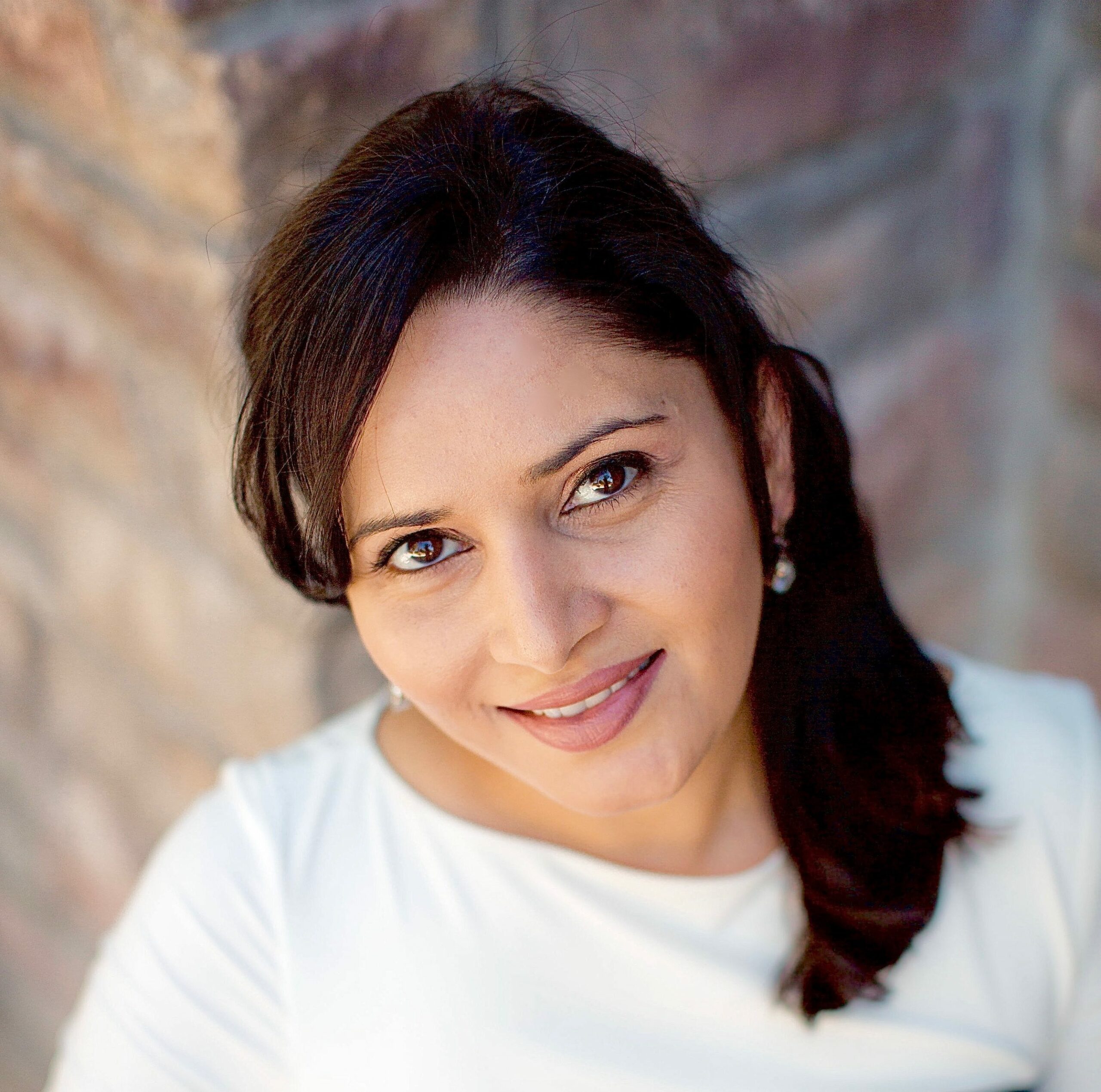
When did you move to the United States?
I was born in India, and my parents decided to move to this country for a better future. Back in 1992, my whole family moved here when I was 14. We were in Pennsylvania first. In 2000, I got married, and my husband was in Arizona.
There’s the cultural stereotype thing you hear that most Indian families push their kids to be an engineer or doctor. My parents wanted me to go into medical school, but that’s not something I ever saw myself doing. I went to Penn State University, and I got admitted into physical therapy, but I went into finance and business.
I enjoyed the business side of things, the sales and marketing. In college, I was working as a bank teller, and I was doing much better in commissions because I was selling more services than just doing daily tasks. When I started my business, sales and marketing came to me very naturally.
What was your brand like in its early days?
It was just a hobby. I started the company with three products I was using for myself: face mask in power form, toner and lip balm. I focused on using 100% natural ingredients to make those products, which were working for me. I have oily, acne-prone skin. Everything was very new, and I was just learning based on customer feedback at farmers’ markets.
Customers were trying the first three products, and they were coming back to me saying, “I really love this product, can you make something else?” Right now, we have about 60 products, and those all come from customer ideas. They will ask for a different scent or a product they are looking for in the market that they can’t find. We have a very high rate of return customers. Right now, we have a 30% rate of return.
How did you go from selling at farmers’ markets to selling online?
I didn’t even know about Etsy. At the farmers’ market, a woman in the booth next to me said, “Are you on Etsy?” I said, “What is that?” I was focused more on the local market, and I didn’t pay attention to selling online. In 2014, I got into learning more about e-commerce. We were first on Etsy, then we created our own website, and I got on Amazon.
I would spend hours and hours reading the forums on Etsy. Within Etsy, they have the seller central network. Back in 2014, as soon as you went on Etsy, they had 16 products they would handpick for editor’s picks. It’s like a spotlight that you get for two hours. They would change it four or five times a day, and that was your way to shine. My first thing was, how do I get selected by the editors?
I did so much research, and I figured out it’s all about the photos because your picture has to grab attention for a customer to click on it. Because I was so small, I was not able to afford a professional photographer. I focused on creating the best pictures as well as the best products. I did everything by myself.
Finally, Etsy picked my wedding favors. We used to do a lot of customized wedding favors, and Etsy selected that photo. They had a whole wedding feature. It was one hour, but it took me eight months to get there. After that, a lot of inquiries came in, including wholesale.
What was it like to build wholesale?
Again, I had to learn about how it works, the volume, the pricing. I was spending hours and hours understanding what it takes. There were a couple of accounts where we got burned, too, because we didn’t price the product right. At the beginning, I didn’t price my products correctly, and when customers asked for 50%, we agreed, but, at the end, when we did all the numbers, we saw it was a loss. It was a learning thing.
Because we work with Amazon and Costco, our pricing is based on that, and we have to consider the wholesale market. With Costco and Amazon, we have to constantly be in their promotions, and we have to have prices that are not too high for mass customers. There is so much competition out there right now. So, to compete with the other products, your pricing has to be right. Our price range is between $6 for soaps to $60 for a gift set. Originally, the pricing was $2 to $30. We didn’t have anything above $30.
What does your business look like today?
For seven to eight years, we focused mainly on e-commerce. Because we specialize in cold-process handmade soaps, during COVID our business grew so much because a lot of these big companies were out of stock on Costco and Amazon. The customers didn’t have choice but to come to a small business for their soap needs. We moved from 500 square feet to 2,000 square feet, and our business has been growing ever since. We just moved into a 5,200-square-foot facility and finished our rebranding.
We’ve been focused online, and now we want to go into inline. We want to work with Sephora, Nordstrom, Ulta. We feel our products would be a good fit there. To work with high-end retailers, we did a whole brand refresh. Up until then, we focused on our product feeling very special. We would hand-wrap the packages that were sent to you, but we couldn’t sustain that, so that’s why we focused on our brand looking upscale.
Tell us more about the refresh.
Two years ago, we worked with a PR agency, and that’s where the whole idea for a brand refresh came in. During that process, we realized our brand isn’t suitable for inline. It wasn’t shelf-ready. We hired an agency in Australia called We Are Purpose. It took us almost a whole year to change the packaging and photography for the whole brand and website refresh.
We are a conscious beauty brand. Our products are made with clean ingredients. We don’t use any synthetic chemicals. We wanted to reflect that in our packaging, and we wanted the brand to look more minimalistic. Our whole goal was to make the look reflect who we are.
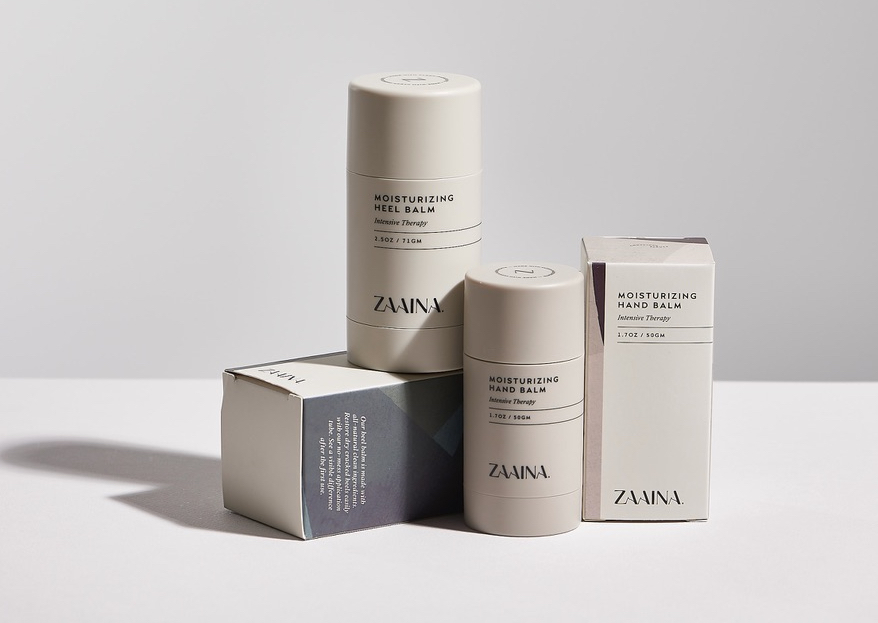
If we were a retailer that you wanted to get into, why should we take your brand?
Currently, the market is focused on face, but there are other parts of the body that are not paid attention to as much like the body, hands, feet and hair. Our Moisturizing Heel Balm is a hero product of ours. It’s made with beeswax, olive oil, coconut oil and shea butter. Customers love the product because it really works, and it’s a product that people are looking for.
How’s business right now?
We just updated everything with the refresh, and I already see an increase in traffic and sales. We see a lot more corporate accounts that are buying our products because they look clean, and they are giftable. We are anticipating that even more during the holiday season.
A part of our business is personalized favors. Customers ask us to write messages—happy birthday, get well soon, thinking of you, sending healing vibes—on a card, which we do. When they buy a gift box, we include the card, and the recipient is so happy that time was taken to customize the gift box.
What’s it like for you selling at Costco and Amazon?
It varies each season. It’s all about making the right product. You can’t fool the customers. The online business is driven by reviews. If there’s one bad review, the sales drop. We focus so much on creating the right products and giving 1,000% on customer service, especially for Costco where there’s a policy that you can return anything. The businesses have to take that on, but it makes customers happy. We believe one happy customer will bring 10 other customers.
We read all the reviews. We keep on introducing products based on them. Two years ago, we noticed reviews saying my husband is using the Heel Balm and the Lip Balm. Based on those reviews, we created a men’s gift box, and that has been doing amazing since we launched it last year.
Historically, higher end beauty retailers haven’t been huge fans of brands selling at Costco and Amazon. What do you make of that?
Five years ago, I reached out to Dillard’s, and the feedback I got was that, because we were on Costco, they can’t take our brand. That was eye-opening, but there are a lot of brands we see in Sephora and Ulta that are at Costco and Amazon. I feel that a lot of the retailers are being a little bit more flexible.
Nobody can beat Costco and Amazon prices, but if we get into Sephora and Ulta, we could create a product exclusively for them that we don’t have to offer at Costco and Amazon. I understand that Sephora and Ulta have their own brand identity and reputation. We are willing to work with them if given an opportunity.
What’s been the biggest challenge for you as you grow your brand?
Funding is definitely the biggest challenge. Right now, we are self-funded, and as we grow, everything we make goes back into the business. I’m a big fan of “Shark Tank,” and sometimes I want to go on the show, but investors can come with baggage.
At the same time, getting the attention of buyers can be an issue because they are getting thousands of emails, and on TikTok and Instagram, we don’t have hundreds of thousands of followers, and right now that’s the trend. We know our products are really good and customers want them, but a lot of buyers are looking at the social media presence, and that’s a big challenge.
You didn’t come from the beauty industry when you started Zaaina. What was most surprising to you about it?
It’s the packaging that sells, and I feel pretty packaging doesn’t mean the product is right. A lot of the brands that we read about, it’s very hard to compete with them. How much can you spend on your brand to bring that customer awareness? How do you prove your product is the right product and not XYZ’s product? We have been in the business for 10 years, and we are very confident in our products. They work. Sometimes you feel the grass is greener on the other side, but maybe it seems that way and it’s not.
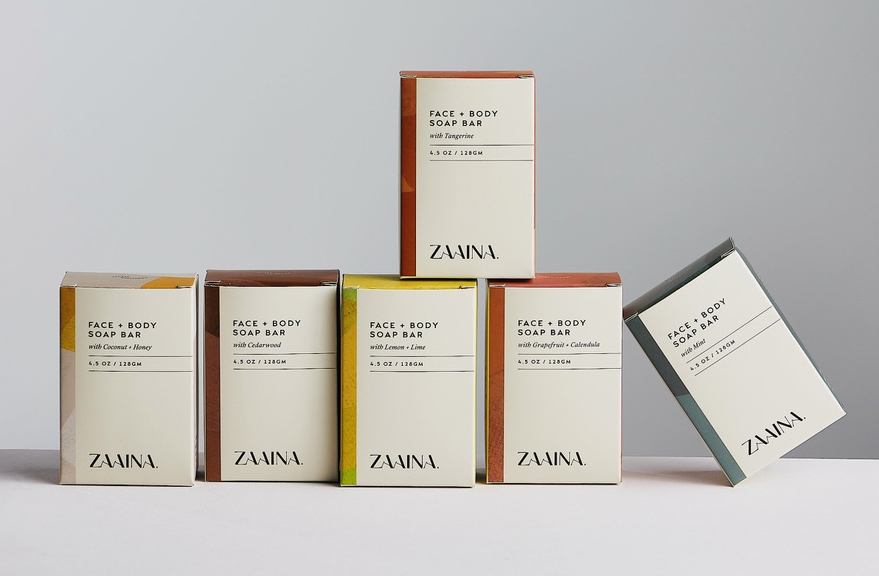
What’s it like being an entrepreneur?
My family doesn’t have a business background. Everything we have learned is all on our own. I have two little girls. My older one is 11, and my younger one is going to be 10 this year. They have grown up seeing me running the business. I see the way they talk and handle situations at school and how they are transforming, and I feel it has helped them that I’ve been an entrepreneur. Being an entrepreneur has changed the way I think a lot. The confidence that I have gained being an entrepreneur and passing that onto my daughters is tremendous.
What do you expect for Zaaina’s sales this year?
With the brand refresh, $5 million-plus. Our Amazon shop has been up 300% over the last 12 months. I was selected by Amazon to go to Washington, D.C. They were doing a policy presentation with all the senators, so they selected 30 sellers from Amazon, and they flew all of us to Washington, D.C., where we got to see our senators and tell them who we are.
How much of Zaaina’s revenue comes from Amazon versus other places?
40% is Amazon, 30% is Costco, and the rest is from other accounts.
What’s key to doing business with Costco?
We are on Costco.com, and they introduced something called Costco Next two years ago with 10 brands, and we were one of them. It’s all SKU-based. We have 20 products on Costco Next, but we only have one on Costco.com. The price we offer them, we can’t offer to anyone else.
Costco doesn’t spend much on marketing. They are strictly about their members and focusing on members. They do have email, holiday and brochure promotions, and we participate in and get traffic from those. When people love the product, they come back. Our spa gift set is a No. 1 seller on Costco.com.
What’s your assessment of the market for smaller beauty brands?
It’s definitely grown and is very crowded. Every other week I see a new brand launching on social media, and they go full on with advertising. They have investors. I see many brands get into Sephora, Target and Ulta. At the same time, we have seen brands that are closing their doors. It’s a highly competitive market.
We are very focused on what we do. Slow growth is OK. We don’t want to compromise the quality of our products. We want to make sure we are offering 100% clean products that people use and come back to over and over and over again for.
If we were to talk in five years, where do you want the business to be then?
Definitely I want to see my brand in big retailers, Sephora, Ulta, Target, Nordstrom, Anthropologie. So, five years down the road, we want to see a full collection of our products in those stores.


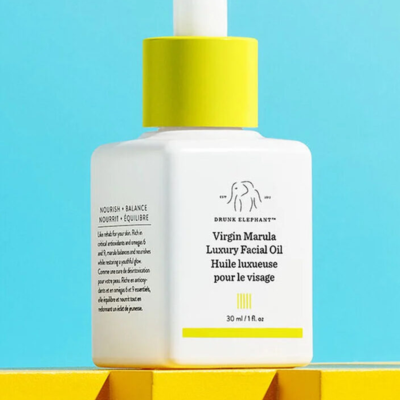

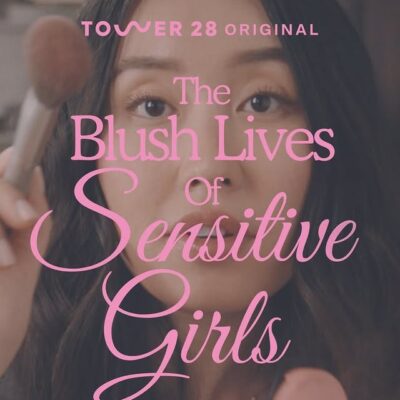
Leave a Reply
You must be logged in to post a comment.